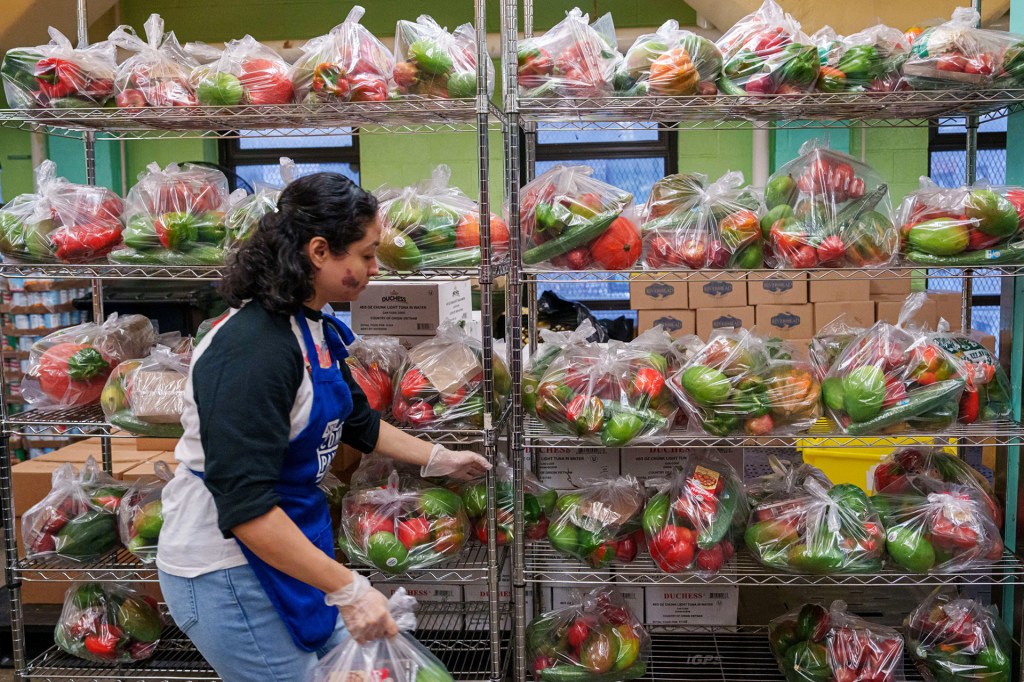Back in Class
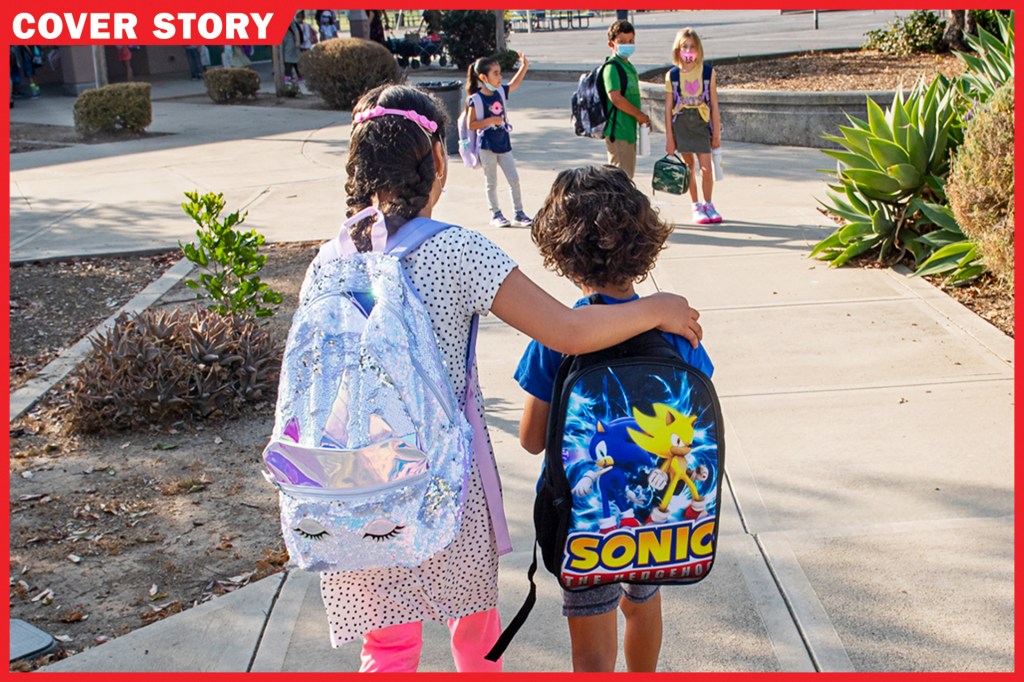
Kids all over the country have returned to classrooms. This is usually an exciting time. But this year, the excitement is again mixed with uncertainty.
“I’m wondering if school will be back to normal, or if it’ll be the same as last year,” says Sebastian Taylor Bastidos, 10. He spoke with TIME for Kids in July, from Franklin, Tennessee. In the winter, Sebastian and many of his classmates were infected with COVID-19. They had to stay home, isolated from friends and teachers.

BIG HELLO A student is greeted at Dogwood Elementary in Knoxville, Tennessee, on August 9.
CALVIN MATTHEIS—NEWS SENTINEL/USA TODAY NETWORK/SIPA USA
Now, as kids return to in-person classes, the country faces a new strain of the coronavirus: the Delta variant
variant
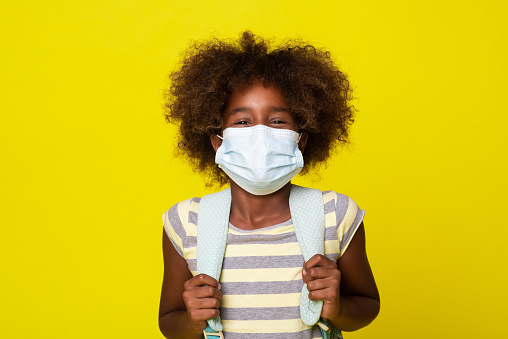 MIXMEDIA/GETTY IMAGES
a different version of something
(noun)
Mona wears a mask to protect herself against the new variant of the virus.
. (See “A Changing Virus.”) It’s spreading, especially in areas where large numbers of people have not been vaccinated. As of August 11, only about 50% of Americans ages 12 and up were fully vaccinated.
MIXMEDIA/GETTY IMAGES
a different version of something
(noun)
Mona wears a mask to protect herself against the new variant of the virus.
. (See “A Changing Virus.”) It’s spreading, especially in areas where large numbers of people have not been vaccinated. As of August 11, only about 50% of Americans ages 12 and up were fully vaccinated.
Educators are cautious, but they’re also ready to get back to the classroom. Tonya Bozeman is superintendent of Conecuh County Schools, in Alabama. “Even though we have another variant out there,” she says, “I look forward to having a successful school year.” The district started classes on August 5. It’s requiring school staff and students 6 and up to wear face masks.
A New Normal
In December 2020, the first COVID-19 vaccines were approved for emergency use in the U.S. Many people hoped life would return to normal. That included getting students back to classrooms.
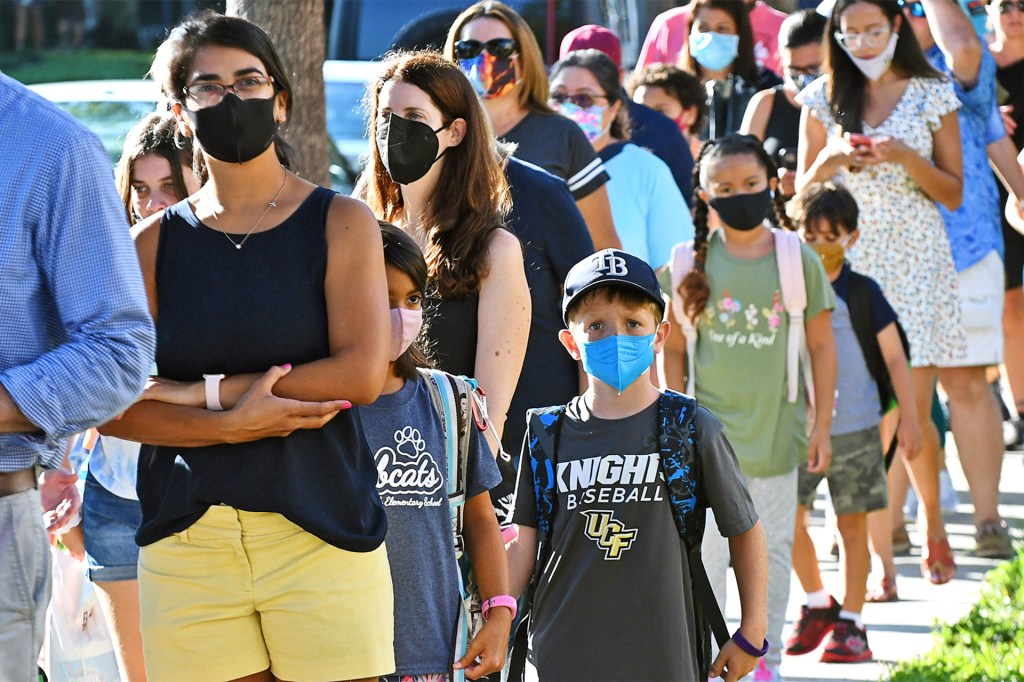
MASKED UP Students arrive for first-day classes at Baldwin Park Elementary School in Orlando, Florida, on August 10.
PAUL HENNESSY—SOPA IMAGES/LIGHTROCKET/GETTY IMAGES
On July 9, the U.S. Centers for Disease Control and Prevention (CDC) encouraged schools to reopen in the fall. Educators say school disruptions may have caused many students to fall behind academically. And a study published on April 29 in JAMA Network Open showed that caregivers think social isolation has affected kids’ emotional well-being.
“Students have been behind a computer for a year,” U.S. secretary of education Miguel Cardona told TFK in the spring. “They need to be around their friends.”
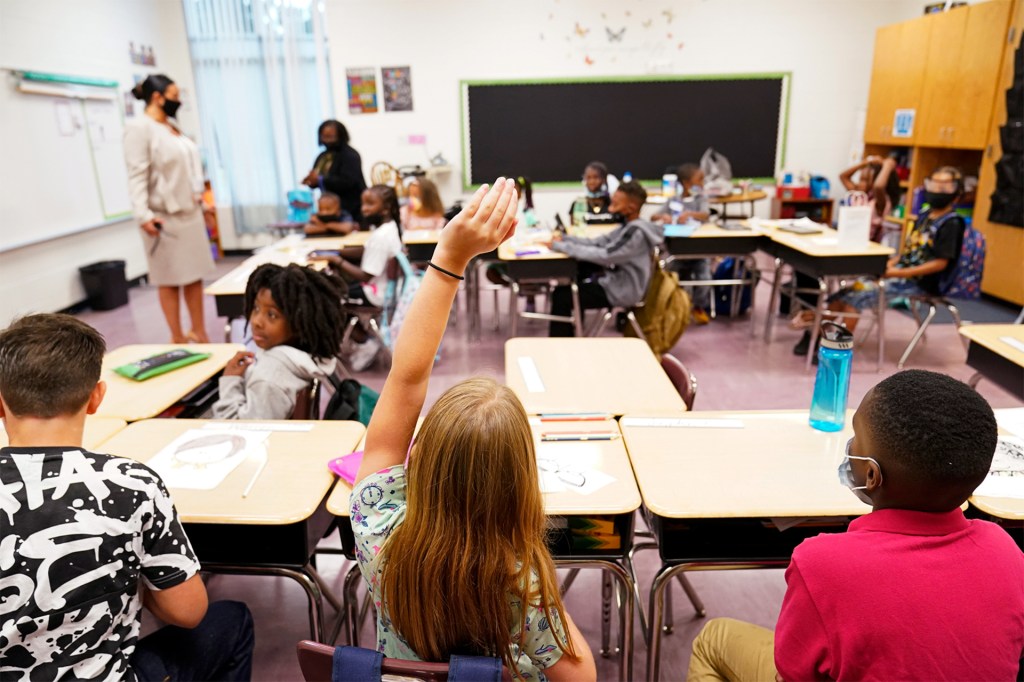
RAISE YOUR HAND Class is underway at Tussahaw Elementary, in McDonough, Georgia, on August 4.
BRYNN ANDERSON—AP
But getting back to normal takes time. Christine Alvarado teaches seventh grade at Harriet Tubman Elementary School in Chicago, Illinois. She frequently asks students how they are feeling. “Some are excited to be back. Some are nervous,” she says. “However they’re feeling is okay. We’ve all been through a lot.”
Staying Flexible
As the Delta variant surges, school districts might have to change plans. Some are exploring plans to offer families the option of remote learning.
“The pandemic turned everything upside down,” Superintendent Bozeman says. “It taught us that we can be flexible and make adjustments when necessary.”
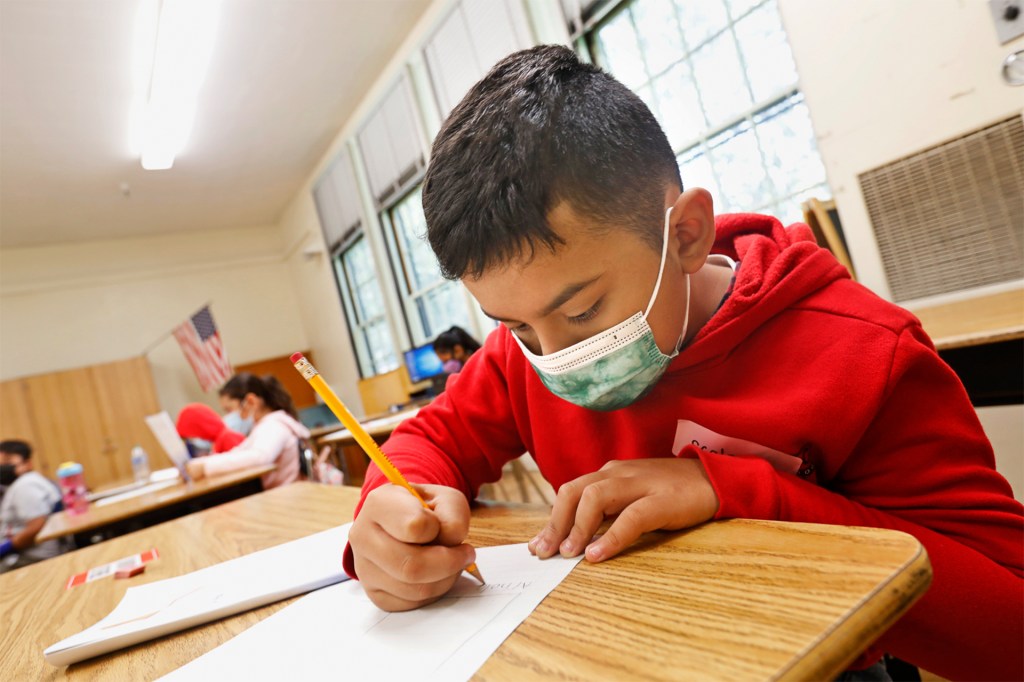
DOWN TO WORK A student at Hooper Avenue Elementary, in Los Angeles, California, attends summer school in June.
CAROLYN COLE—LOS ANGELES TIMES/GETTY IMAGES
Currently, kids under 12 are not eligible for the vaccine. They could become eligible later this year. Experts say allowing children to be vaccinated is a step toward beating the virus. In the meantime, the CDC is urging all students and school staff to wear masks indoors.
Maryam Sodal, 8, is from Denver, Colorado. She says learning during the pandemic is like riding a scooter: “If you fall down, it can be hard.” But if you’re resilient
resilient
 TONY ANDERSON—GETTY IMAGES
able to withstand difficulty or change
(adjective)
able to withstand difficulty or change
, “it’s pretty easy to get back up.”
TONY ANDERSON—GETTY IMAGES
able to withstand difficulty or change
(adjective)
able to withstand difficulty or change
, “it’s pretty easy to get back up.”
A Changing Virus
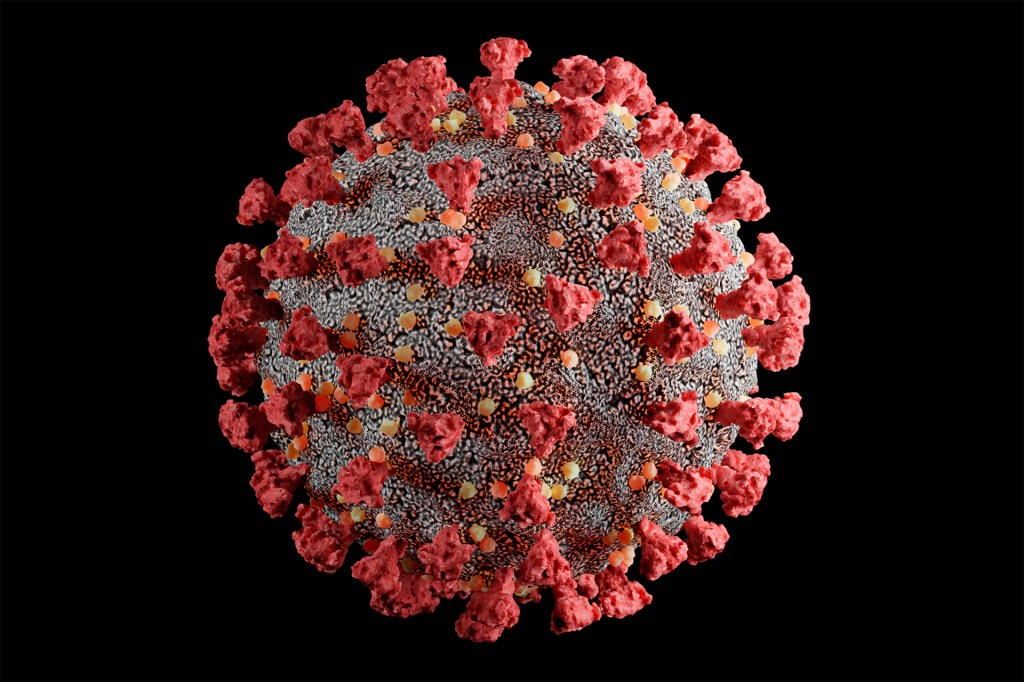
By late July, the Delta variant accounted for more than 93% of new COVID infections in the U.S., according to the CDC. It’s almost twice as contagious as the original coronavirus.
Viruses can mutate, or change, producing new variants. There are now several coronavirus variants. Our understanding of these viruses is evolving. This is why it’s important to keep up with the latest guidance from health experts.







